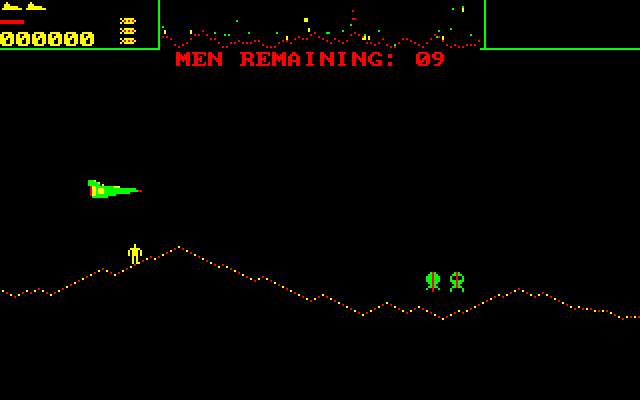

#STARGATE COMPUTER GAME LICENSE#
You wont get a license from MGM, they are pretty strict on their IP. Should of included a quick secondary room with the player just getting teleported to another game, would of been much cooler. Noticed the ring doesn’t move but nice models. Wormhole effects always look a bit funky.

I will add more images and screenshots from the editor at a later time, when I have more time. In the very possible event that that won’t happen, this will still be a good addition to my portfolio, and we can strip out all Stargate-related content and continue with our own IP. The plan is now to develop a prototype for a potential Stargate video game with a small indie team, and then pitch it to MGM for the opportunity to license it. I had to figure out pretty much everything for myself, and that gave me so much more satisfaction. Many elements, such as normal map baking, and the visual effects, were extremely difficult to create, and there weren’t any reference material or tutorials for the effects. It has given me the motivation and dedication to find things out by myself and to learn tools and techniques I probably wouldn’t have otherwise. And I am exceptionally happy with result. Now with celebrating the 20th anniversary of Stargate: SG-1, I decided to take my time and finish it. My wish to create a screen-accurate and functional Stargate has guided me since I started learning 3D art eleven years ago. The resulting Render Target is then turned into a normal map and used in the actual material to distort a set of textures, together with another set of normal maps that create the flowing ripples. These objects use specific Sphere Collision components set to a specific collision channel to control how the ripples are created. The event horizon or “puddle” uses a Render Target created in Blueprint to spawn and render the ripples as objects pass through. The kawoosh (when the gate activates) is a slightly over-the-top particle effect. Though seven- and eight-symbol addresses (Atlantis and Destiny respectively) can be dialed, they don’t work yet as intended.Īll materials and effects are finished. A lookup DataTable is used to bind each glyph to an ID based on the order of the gate’s inner track, the button on the DHD, and a key for when using the dialing computer. This is done using a DataTable that contains a list of possible addresses by using strings. Once a sequence of six glyphs is complete, and the seventh glyph, the Point of Origin, is entered, pressing the center button will allow it to check whether the sequence is correct. Of course, one of the glyphs is missing, and I intend to allow a designer to choose which one. The top chevron looks slightly different, and moves when dialing manually (not implemented yet). The gate itself has nine chevrons, each can light up independently. Most of the previous work was redone, so about 90% of this was done over the course of the holiday.


 0 kommentar(er)
0 kommentar(er)
